
In the rainy season, the Ostional River rises, flooding the road that leads to Nosara with enough force to drag a 4×4, leaving the community cut off.
In July of 2022, the Santa Cruz Municipal Council approved an agreement between the municipality and the National Highway Council (Spanish acronym: CONAVI) to place a bailey-style bridge between the two communities and thereby minimize the impact of rain on the town.
The agreement specifies that CONAVI agrees to donate the bridge and that the municipality is responsible for installing it.
But one rainy season later, neither of the two institutions has signed the document, even though in December of 2022, CONAVI’s road and bridge construction manager, Pablo Camacho, told The Voice that it would be ready before the end of the year.
The institutions allege that the agreement had errors and they still haven’t corrected them.
An Urgent Connection
Ostional doesn’t have any health care facilities, supermarkets or hardware stores. That’s why community residents travel to Nosara, the nearest town, to run their errands.
Currently, the community only has a pedestrian bridge in poor condition, which the river has washed away twice, according to the treasurer of the Ostional Integral Development Association (Spanish acronym: ADIO), Darién Cabalceta.
“One time, the pedestrian bridge was bad and some fellows had to pick up a woman who was about to give birth and cross the river. The water was up to their chests. On the other side, an ambulance was waiting that couldn’t get to Ostional [because the river had risen],” he recalled.
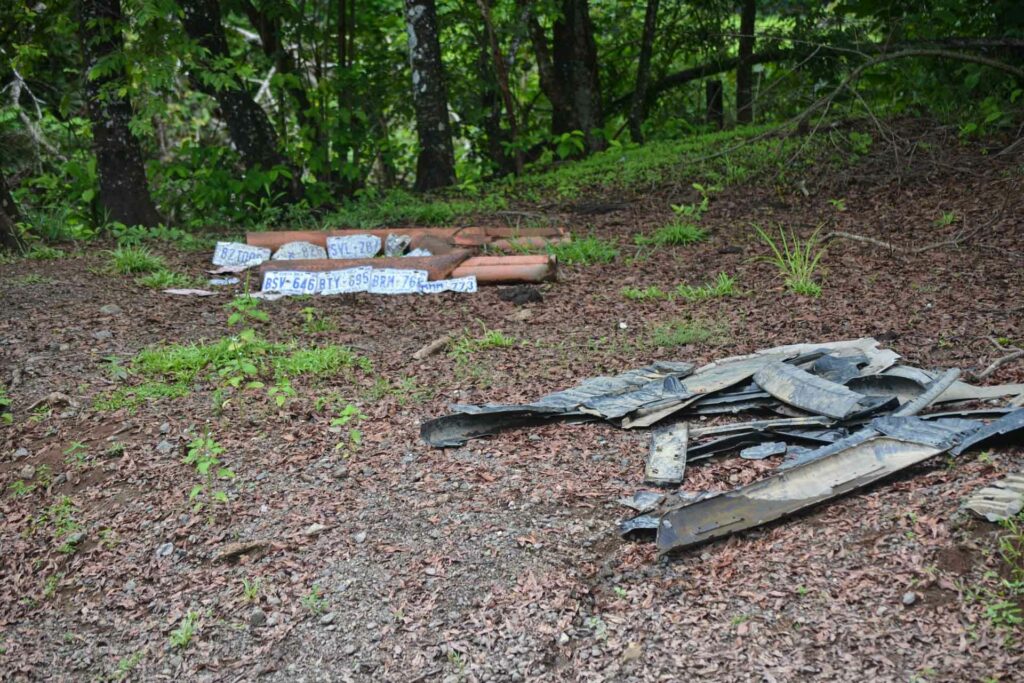
Alongside the Ostional River, seeing fenders and license plates from cars that tried to cross the riverbed is common. Neighbors call it the “license plate cemetery.”Photo: Roberto Cruz
This route is also used by tourists who go to Ostional to see the arrival en masse of sea turtles, one of the community’s main economic activities.
That’s why, even though the rainy season has just ended, residents of Ostional haven’t stopped thinking about the next rains, according to ADIO’s treasurer.
No Easy Solution
The Municipality of Santa Cruz’s engineer, Diego Rodríguez, commented that the agreement wasn’t signed because “it had many errors.” To Camacho, from CONAVI, a document was approved that wasn’t “feasible” to execute. They realized the inaccuracies months later.
(In our Nosara newsletter, we explained in more detail the importance of signing this agreement. You can read it here).
The bridge’s design was incomplete and didn’t take into account the construction of the bastions necessary to support the structure, the drainage system or the ramps for cars to access the bridge, both engineers explained.
There was also an inaccuracy in the budget for the work.
The agreement stated that the bridge had a value of ¢100 million (about $170,000) and that installing it would cost the municipality ¢20 million (about $35,000). According to Camacho, the bridge has an approximate cost of ¢220 million (about $380,000).
On the other hand, installation “is never going to cost what was said,” Rodríguez commented.
The engineers don’t know why the council approved an inaccurate agreement that was drawn up by CONAVI. Both argue that they got involved in the project months after its approval.
“When I took on the coordination of the project, this draft [of the agreement] already existed. However, when I saw it, I immediately made the observation that the document indicated the costs of the project without having a totally clear design,” Rodríguez affirmed.
Now the new promise is that CONAVI will correct the agreement and have it ready during February. Once completed, the council and CONAVI have to approve it again.
“We met with CONAVI’s engineers on January 25 and they informed us that most of the details that were missing [in the agreement] are being included,” Rodríguez said.
A Bridge Without a Date or a Budget
Even though the institutions sign the agreement, they haven’t defined when they will install it.
According to Camacho, “the bridge is already in the Costa Rican Railway Institute (Spanish acronym: INCOFER) and as soon as the agreement is signed, the municipality can pick it up and install it.”
However, the municipality did not include the installation of the bailey-style bridge in the regular budget, Rodríguez commented.
This means that the municipality doesn’t have the money to install the structure and now must include it in the extraordinary budget that will be presented this February to the Comptroller General of the Republic (CGR).
In addition, Gutiérrez said that it’s hard to calculate when the project will be completed because the municipality has to hire a company to install the bridge through a bidding process. These processes don’t have a set timeframe.
“It would be ideal to do it right now in the dry season, because the Ostional River in the rainy season isn’t playing around. Building a bridge in August, September or October is extremely complicated,” said the municipal engineer.
The community of Ostional has been waiting for this bridge for more than 40 years, according to several residents with whom The Voice spoke. “We’re tired now from so many promises over the years. It’s as if they wanted to see our faces [look like fools] and make fun of us,” commented Cabalceta, the treasurer of ADIO.


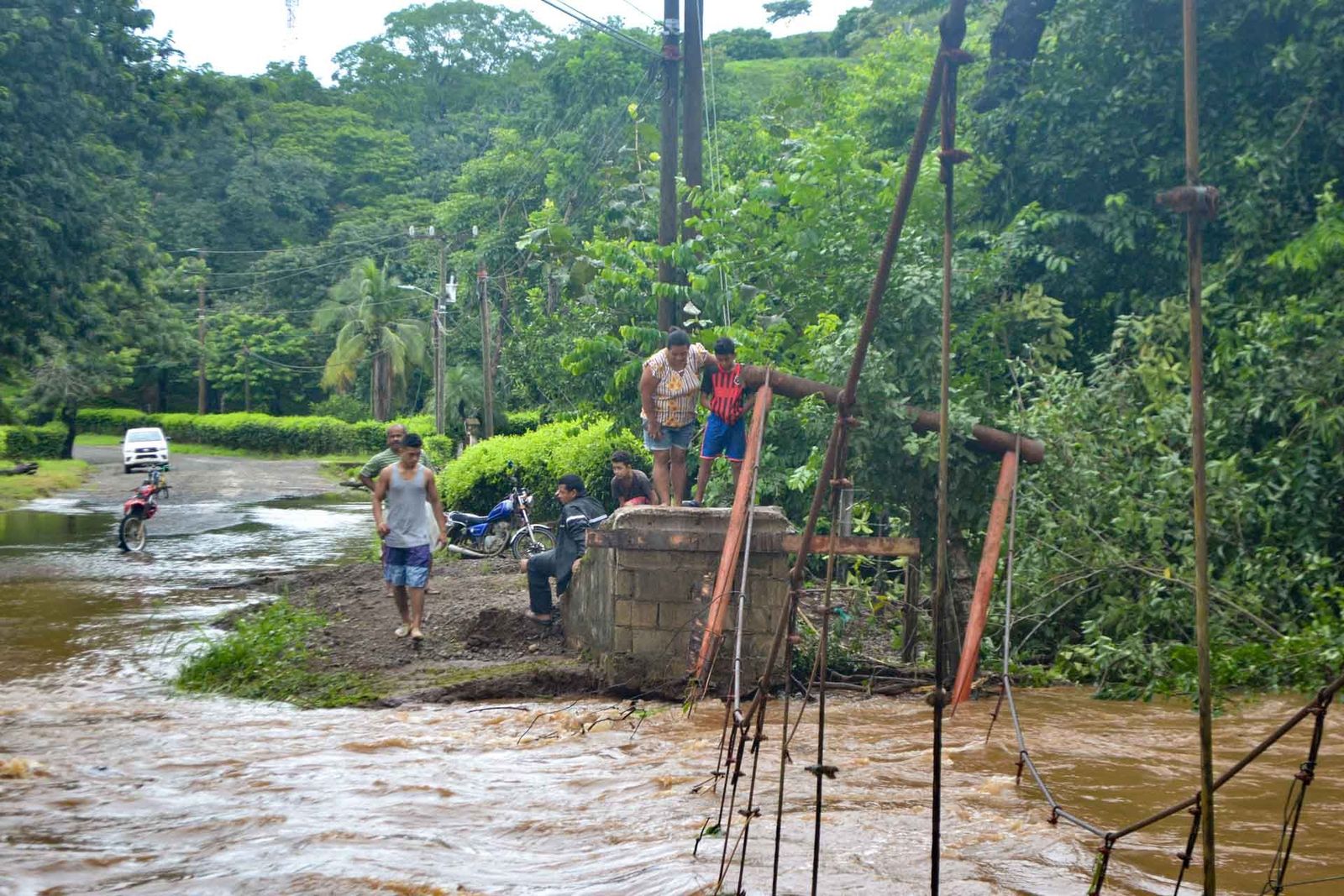
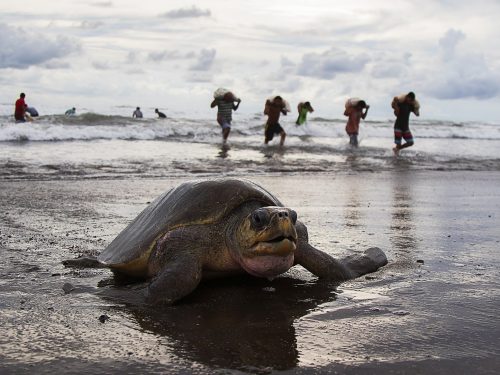
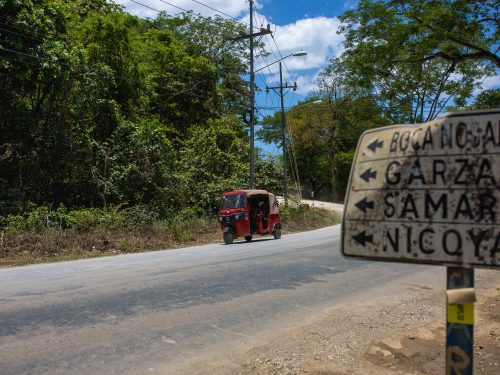
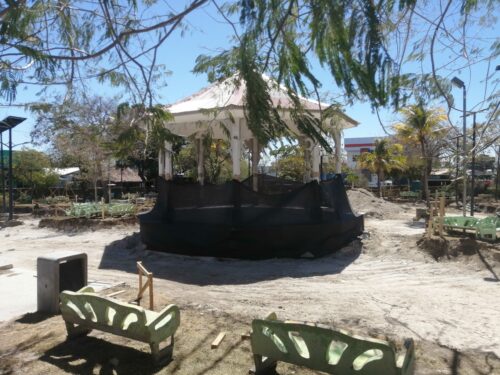

Comments